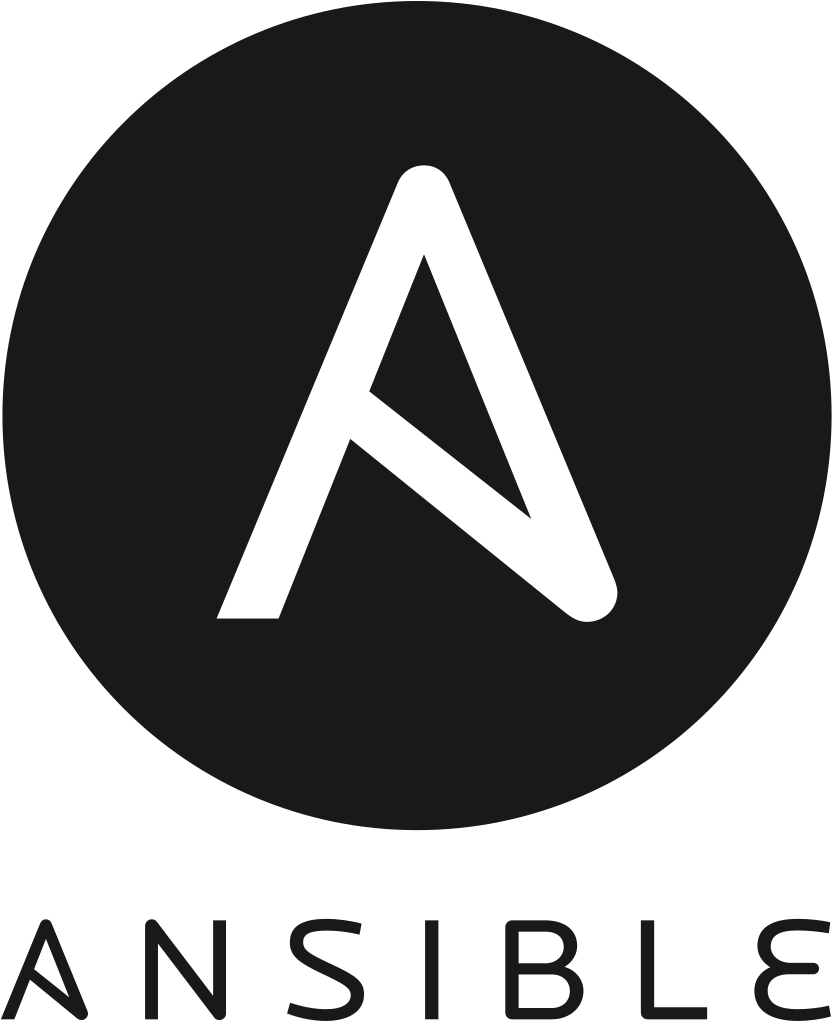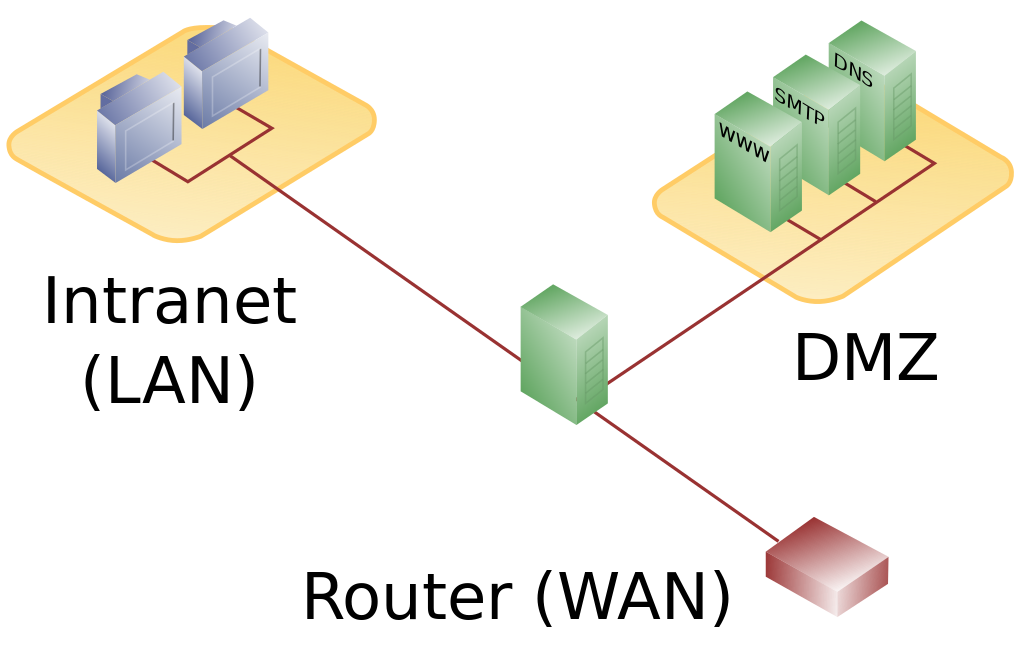How Ansible is Changing Telecom Networks in Bangladesh

How Ansible Is Changing Telecom Networks in Bangladesh
Introduction
Bangladesh’s telecom sector—ISPs, mobile operators, and NTTN providers—continues to expand to meet surging demand. Manual configuration of routers and switches is slow, error-prone, and difficult to scale. Ansible, an open-source automation engine from Red Hat, is reshaping day-to-day network operations with repeatable playbooks and an agentless design.
What Is Ansible?
Ansible automates configuration, provisioning, and orchestration using simple YAML playbooks. It connects to network devices over SSH or vendor APIs (no agents), applies validated templates, and reports results consistently—ideal for large multi-vendor networks.

Why Ansible Matters for Bangladesh’s Telecom
- Faster rollouts: One playbook can configure VLANs, routing, QoS, and ACLs on 100+ devices in minutes.
- Fewer errors: Templates eliminate copy-paste mistakes and ensure consistent standards.
- Multi-vendor support: Modules and APIs exist for Cisco, Juniper, Huawei, Arista, etc.
- Cost efficiency: Less downtime and fewer truck rolls—critical in price-sensitive markets.
- Compliance by design: Playbooks enforce naming, security baselines, and auditing.
Practical Telecom Use Cases
- Device onboarding: Zero-touch provisioning for new routers/switches with standardized configs.
- Service provisioning: Auto-create customer VLANs, BGP peers, and L3 VPNs for enterprise circuits.
- Monitoring enablement: Push SNMP/telemetry agents and standardize syslog destinations.
- Fleet upgrades: Stage and roll out firmware with maintenance-window checks and rollback.
- Disaster recovery: Backup & restore configurations quickly after failures.
Example: Simple Ansible Task (Concept)
- hosts: edge_routers
connection: network_cli
gather_facts: no
tasks:
- name: Ensure loopback for monitoring exists
ios_config:
lines:
- interface Loopback0
- ip address 10.255.255.{{ inventory_hostname_suffix }} 255.255.255.255
Challenges to Address
- Skills & culture: Teams need YAML/Python familiarity and change-management discipline.
- Vendor nuances: API maturity varies; test modules for target OS versions.
- Source control & CI/CD: Treat playbooks like code—reviews, pipelines, and staging labs.

Roadmap for Teams in Bangladesh
- Start small: Automate read-only tasks (backups, audits) before config changes.
- Template standards: Create Jinja2 templates for interfaces, BGP, VRFs, and logging.
- Inventory & facts: Keep an accurate device inventory; use
ansible_factsto branch logic. - Testing: Validate configs in a lab/virtual environment (containerlab, EVE-NG, GNS3).
- Governance: Use Git, code reviews, and approvals for production runs.
Future Outlook
With 5G, FWA, and enterprise fiber growth, automation becomes mandatory. Ansible—combined with Python, Git, and CI/CD—lets Bangladeshi operators deliver services faster, safer, and at lower cost.
Conclusion
Ansible is no longer a “nice-to-have.” It’s the operating model for modern telecom. Engineers who master playbooks, templates, and pipeline practices will be in the highest demand across Bangladesh’s ISPs and carriers.
Comments
Post a Comment